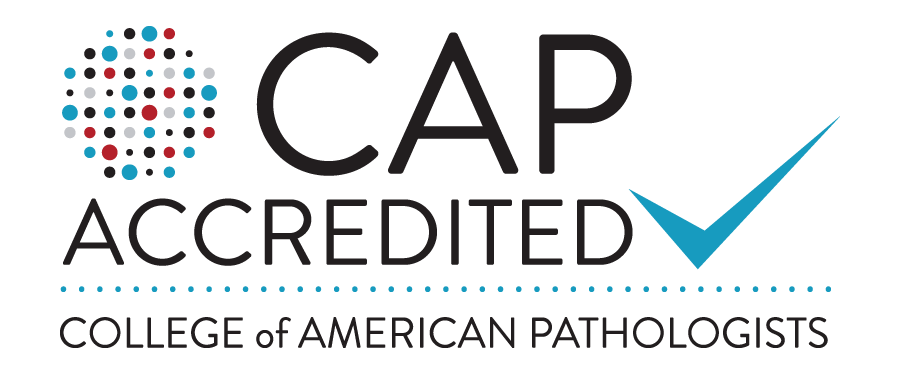Contact Us
Easily advance your clinical
testing program today.
800 Hudson Way
Huntsville, AL 358061-87-SIMPLY-25 ( 1-877-467-5925 )

Contact Us
Easily advance your clinical
testing program today.
800 Hudson Way
Huntsville, AL 358061-87-SIMPLY-25 ( 1-877-467-5925 )
Customer Support
Need to order testing or have product support questions?
Please login to your provider portal account to find test kit ordering options. If you don’t have an active provider portal account or have other product support questions, we would love to help. Simply fill the form out below to submit a ticket to get started or give us a call at 1-87-SIMPLY-25 ( 1-877-467-5925 ).
Clinical, Reference, & DTC Testing Resource Inquiries
Not your typical laboratory.
We are decidedly and intentionally different from others in the testing space. Without a middleman, we can control the testing process, which includes turnaround times, supply chain, and customized testing solutions. Our end-to-end capabilities are ready to support and advance your testing program. Let’s get started!
All testing is performed by Alimetrix, Inc., a state-of-the-art College of American Pathologist (CAP) accredited and CLIA-certified laboratory, a wholly owned subsidiary of Spectrum Solutions®.
FAQ’s
Frequently Asked Questions
- “Test-of-cure” follow-up testing recommendations are not established for monkeypox.
- Coinfection rates of monkeypox with other STIs and HIV are extremely high — approximately 40% for person’s diagnosed with monkeypox are coinfected with another STI or HIV.
- The CDC recommends that any person diagnosed with monkeypox, also be tested for other STI infections and HIV.
Coinfection of monkeypox and HIV is common. About 40% of monkeypox patients have HIV. Any persons diagnosed with monkeypox should also be tested for HIV. Coinfection of monkeypox and other STIs is also common. Approximately 40% of monkeypox patients have been diagnosed with another STI within the preceding year. Any persons diagnosed with monkeypox should also be tested for other STI infections. (CDC)
- “Test-of-cure” follow-up testing is not recommended for genital and rectal infections unless symptoms persist.
- “Test-of-cure” is recommended 7–14 days following treatment for oral gonorrhea infections.
- Because re-infection is common, the CDC recommends that men and women diagnosed with gonorrhea be retested three months after treatment.
A test-of-cure – follow-up testing to be sure the infection was treated successfully – is not needed for genital and rectal infections; however, if a person’s symptoms continue for more than a few days after receiving treatment, he or she should return to a health care provider to be reevaluated. A test-of-cure is needed 7-14 days after treatment for people who are treated for a throat infection. Because re-infection is common, men and women with gonorrhea should be retested three months after treatment of the initial infection, regardless of whether they believe that their sex partners were successfully treated.
Gonorrhea can be cured with the right treatment. CDC recommends a single dose of 500 mg of intramuscular ceftriaxone. Alternative regimens are available when ceftriaxone cannot be used to treat urogenital or rectal gonorrhea. Although medication will stop the infection, it will not repair any permanent damage done by the disease. Antimicrobial resistance in gonorrhea is of increasing concern, and successful treatment of gonorrhea is becoming more difficult.
- “Test-of-cure” follow-up testing is not recommended for Chlamydia infections unless symptoms persist.
- Because re-infection is common, the CDC recommends that men and women diagnosed with Chlamydia be retested three months after treatment.
Repeat infection with chlamydia is common. Women whose sex partners have not been appropriately treated are at high risk for re-infection. Having multiple chlamydial infections increases a woman’s risk of serious reproductive health complications, including pelvic inflammatory disease and ectopic pregnancy. Women and men with chlamydia should be retested about three months after treatment of an initial infection, regardless of whether they believe that their sex partners were successfully treated. If a person’s symptoms continue for more than a few days after receiving treatment, he or she should return to a healthcare provider to be reevaluated.
Chlamydia can be easily cured with antibiotics. HIV-positive persons with chlamydia should receive the same treatment as those who are HIV-negative. Persons with chlamydia should abstain from sexual activity for 7 days after single dose antibiotics or until completion of a 7-day course of antibiotics, to prevent spreading the infection to partners. Although medication will stop the infection, it will not repair any permanent damage done by the disease.
Periodontal diseases are mainly the result of infections and inflammation of the gums and bone that surround and support the teeth. In its early stage, called gingivitis, the gums can become swollen and red, and they may bleed.
A recent CDC report1 provides the following data related to prevalence of periodontitis in the U.S.:
- 47.2% of adults aged 30 years and older have some form of periodontal disease.
- Periodontal disease increases with age, 70.1% of adults 65 years and older have periodontal disease.
- This condition is more common in men than women (56.4% vs 38.4%), those living below the federal poverty level (65.4%), those with less than a high school education (66.9%), and current smokers (64.2%)
A recent analysis led by National Institute on Aging (NIA) scientists suggests that the bacteria associated with periodontal disease that causes the chronic inflammation are also associated with the development of Alzheimer’s disease and related dementias, especially vascular dementia.
A new study finds an association between tooth loss, gum disease (or periodontal disease), and a shrinking of the brain area thought to be involved in memory, and specifically with Alzheimer’s disease. Brain volume is an indicator of atrophy and loss of cognitive function that can occur with age or disease. According to the study, a missing tooth was the equivalent of brain shrinkage of nearly an additional year of brain aging, and severe gum disease was equal to 1.3 years of brain aging.
—
https://www.medicalnewstoday.com/articles/poor-dental-health-may-increase-alzheimers-risk
https://www.nia.nih.gov/news/large-study-links-gum-disease-dementia
https://www.nia.nih.gov/news/tooth-loss-older-adults-linked-higher-risk-dementia
https://www.washingtonpost.com/wellness/2023/09/21/teeth-gums-oral-health-dementia-alzheimers/
People with gum disease have two to three times the risk of having a heart attack, stroke or other serious cardiovascular event. 93% of people with gum disease are at risk for diabetes. Diabetes and bleeding gums increases your risk of premature death by 400 – 700%.
https://city.milwaukee.gov/ImageLibrary/User/jkamme/EmployeeBenefits/CarePlus_OverallHealth.pdf
Stillbirth is a significant public health concern, accounting for 60% of perinatal deaths. Infections account for 10–25% of all stillbirths. Study demonstrates Fusobacterium nucleatum (Fn) from the mother’s oral cavity found in post mortum examination of stillborn baby.
https://www.ncbi.nlm.nih.gov/pmc/articles/PMC3004155/
https://www.sciencedaily.com/releases/2010/01/100121171411.htm
Compared with people who have healthy gums, people with periodontal disease are about twice as likely to have a heart attack. (https://www.health.harvard.edu/heart-health/gum-disease-and-heart-health-probing-the-link)
According to the experts at Harvard, people with gum disease (also known as periodontal disease) have two to three times the risk of having a heart attack, stroke, or other serious cardiovascular event. And according to the American Heart Association, adults with periodontitis, a severe gum infection, may be significantly more likely to have higher blood pressure compared to individuals who had healthy gums.



